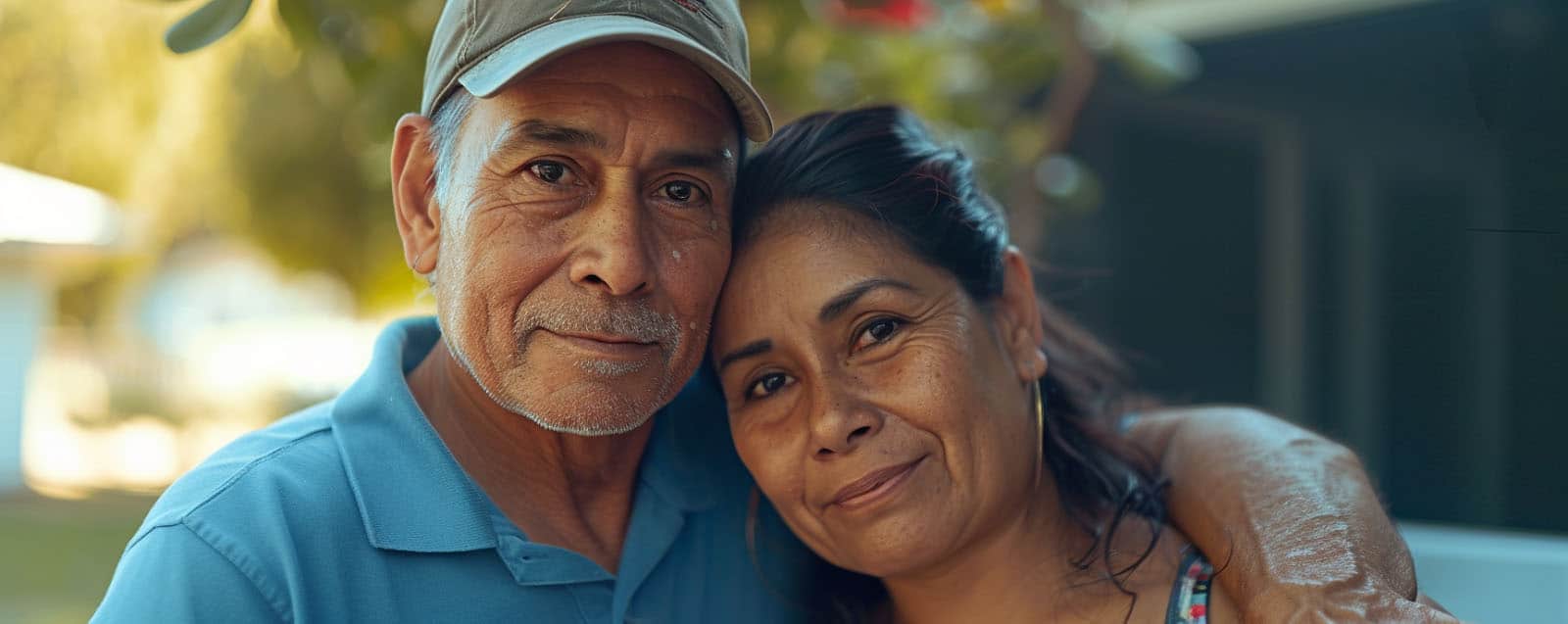The Low Income Home Energy Assistance Program (LIHEAP) is a federal initiative that helps those who struggle to pay their energy bills. Designed to assist low-income households, LIHEAP offers financial aid to help manage costs associated with home energy bills, energy crises, weatherization, and energy-related minor home repairs.
Over the years, millions of Americans have applied for and received support from LIHEAP. This shows just how important LIHEAP is for people who need help with their energy bills.
💡 Did you know? The average amount of money people receive from the Low Income Home Energy Assistance Program (LIHEAP) is $328.
These user stories serve as a testament to the real and positive impact LIHEAP has on individuals and families. Each narrative offers a unique glimpse into the lives of those who have benefitted from the program, highlighting the diverse ways in which LIHEAP assists people in maintaining warmth and safety in their homes.
From providing relief from high energy bills to aiding in essential home repairs, these stories showcase the tangible differences LIHEAP makes in improving the living conditions and overall well-being of many Americans.
📕 Maria and John’s Story

Last winter, Maria and John faced a daunting challenge. John had recently lost his job, plunging their family into financial uncertainty. With two young children, keeping their home warm during the freezing months became their primary concern. The mounting gas bills were a constant source of stress. That’s when they discovered the Low Income Home Energy Assistance Program (LIHEAP).
When Maria called the LIHEAP office, she was nervous, but the nice person on the other end of the line quickly put her at ease. They helped Maria with the application process and explained how LIHEAP could assist in paying their gas bill. Maria gathered all necessary documents, including proof of income and details about their household size, and submitted the application.
The waiting period was filled with anxious anticipation. But then, a letter of approval from LIHEAP arrived. They had been accepted for assistance! LIHEAP agreed to cover a significant portion of their gas bill, sending the payment directly to the utility company.
This financial support was a tremendous relief for Maria and John. They no longer had to choose between heating their home and other essential expenses. The help from LIHEAP not only kept their house warm but also brought a sense of security and peace during a harsh winter.
📕 Emily’s Story

Emily, a single mother living in a small, older house, faced a constant struggle to keep her home comfortable and safe for her two young children. The windows in her house were old and inefficient, letting in cold air during the winter and making her energy bills unmanageably high.
Aware of her limited budget, Emily often felt helpless about making necessary home improvements. That was until a friend told her about the Low Income Home Energy Assistance Program (LIHEAP) and its support for window replacement.
With a mix of hope and skepticism, Emily contacted LIHEAP. She explained her situation and the problems with her old windows. The LIHEAP representatives were supportive and guided her through the application process. After a home inspection, they confirmed that her windows were indeed a significant source of energy loss.
To Emily’s relief, LIHEAP approved her application for window replacement.
Professional contractors came to her home, removing the old, drafty windows and installing new, energy-efficient ones. The difference was noticeable almost immediately. Her home felt warmer, and the drafts were gone.
As the winter months passed, Emily saw a substantial decrease in her energy bills. The new windows provided by LIHEAP not only made her home more comfortable but also eased the financial strain of high heating costs. This support helped provide a stable and warm home for Emily and her children.
📕 Ken’s Story

Ken, a retired widower, lived alone in his modest home in a quiet neighborhood. Since his retirement, he had been managing on a fixed income, which made it difficult to handle unexpected expenses. As winter approached, Ken realized his financial situation wouldn’t cover his heating bills, and he faced the real risk of having his heat shut off.
This was especially concerning for Ken, as he relied on a warm environment for his health. The thought of facing the winter without heat was distressing. That’s when he learned about the Low Income Home Energy Assistance Program (LIHEAP) and its emergency assistance to prevent utility shut-offs.
Hesitant but desperate, Ken reached out to LIHEAP. He explained his situation – the looming threat of having no heat during the coldest months. The staff at LIHEAP were understanding and quickly began to process the request. They confirmed that Ken qualified for emergency assistance due to his low income and the imminent risk of utility shut-off.
Shortly after his application, LIHEAP intervened and provided the necessary funds to keep Ken’s heating on. They directly paid the overdue amount to the utility company, ensuring that Ken’s heat would not be shut off.
With LIHEAP’s assistance, Ken spent the winter in a warm and comfortable home. He no longer had to worry about choosing between heating and other essential expenses.
📕 The Anderson’s Story

The Anderson family lived in a small town, in an aging house that struggled to cope with the seasons. Winters were particularly harsh, with cold drafts seeping through every crevice. Inflation was skyrocketing, and with a limited income, the Andersons found it difficult to keep up.
Then they learned about the weatherization assistance offered by LIHEAP. Initially skeptical, they decided to apply, hoping to make their home more energy-efficient. The application process involved an assessment of their home’s energy needs, and to their surprise, they qualified for the program.
The transformation was remarkable. LIHEAP contractors installed new insulation in the walls and attic, sealed cracks around doors and windows, and even replaced their outdated heating system with a more efficient one. Each improvement was a step towards a more comfortable home.
As the next winter arrived, the Andersons noticed a significant difference. The drafts were gone, the house retained heat much better, and their energy bills were substantially lower. This not only saved them money but also made their home a cozy haven during the coldest months.
📕 Mark’s Story

Mark experienced a natural disaster that severely damaged his home and disrupted his life. His neighborhood was hit by a severe storm, leaving many without power and damaging homes. Mark’s house sustained significant damage, and he was left without heating in the middle of winter.
With limited resources and facing the urgent need for home repairs, Mark felt overwhelmed. Then he learned about the disaster assistance offered by the Low Income Home Energy Assistance Program (LIHEAP). Realizing this could be his solution, Mark contacted LIHEAP for help.
The process was straightforward. LIHEAP assessed the damage to Mark’s home and quickly approved his application for disaster assistance. They provided funds to repair his heating system and to make other necessary home repairs caused by the storm.
Thanks to LIHEAP, Mark’s heating system was restored, and his home became livable again.
The assistance he received allowed him to stay in his home and avoid the additional stress of seeking temporary shelter elsewhere. LIHEAP’s timely support was essential in helping Mark recover from the aftermath of the natural disaster and maintain his independence and comfort in his own home.
⭐ Get Started with LIHEAP — Apply Today!
In times of financial hardship, programs like the Low Income Home Energy Assistance Program (LIHEAP) provide essential support. As the stories in this article have shown, LIHEAP has already helped millions of Americans manage their energy bills. Whether it’s through assistance with heating costs, weatherization services, or handling energy crises, LIHEAP has been a key resource for many.
If you’re facing challenges in paying your heat or electric bill, consider applying for LIHEAP. Just like the individuals in these stories, you too could benefit from the support that LIHEAP offers. Whether you need emergency assistance, weatherization support, or help recovering from a disaster, LIHEAP may be just the program you’ve been looking for.
To start, visit the official LIHEAP website: https://liheapch.acf.hhs.gov/search-tool/state-territory/. Use the drop-down menu to find the LIHEAP office nearest you. Why wait? Take this step today and get valuable energy assistance for your home.